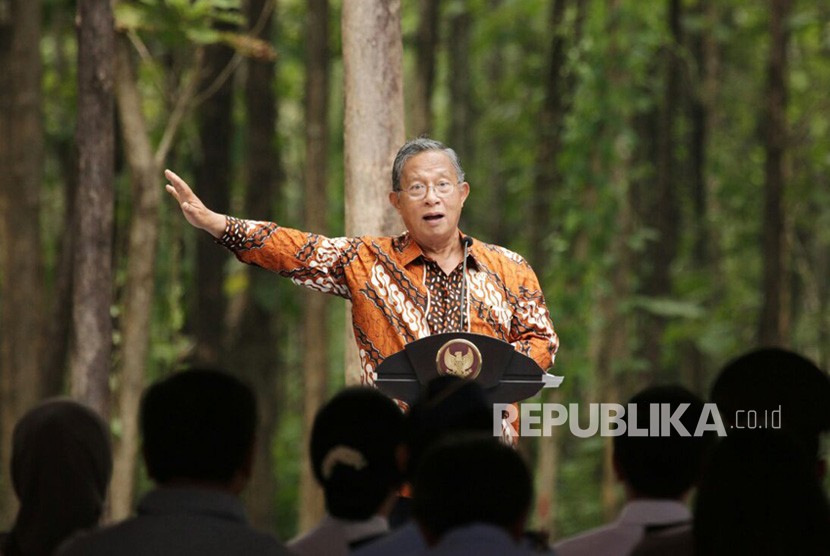REPUBLIKA.CO.ID, JAKARTA -- The rupiah's weakening, which came close to the psychological level of Rp14 thousand per dollar in the past week, does not reflect the Indonesian economy's fundamentals, Coordinating Minister for Economic Affairs, Darmin Nasution, said. He revealed that the fundamentals are actually found at the level of Rp13.5 thousand to Rp13.3 thousand per dollar.
"Because of various statements, it can slightly move here and there. But nothing can change it significantly," he noted here on Wednesday.
US President Donald Trump tweeted on social media last week, accusing China and Russia of devaluing their currencies. Trump stated that Russia and China have devalued their currencies when the US raised its interest rate. "It is unacceptable," he added.
Ironically, Trump posted the tweet a few days after the US Department of the Treasury refused to mention the two countries as currency manipulators in its latest report. "The condition is more stable now. Last week, on Twitter, the US president once again accused several countries of manipulating their exchange rates. Consequently, the market has started to move," he remarked.
The US dollar strengthened against other global currencies last week due to a rising yield on the US government bonds. Speaking to the press in Nusa Dua, Bali, earlier in the day, Nasution expressed optimism that the rupiah will return to normal, after it weakened against the US dollar in the past few days.
"It (the weakening) is not a matter for (the rupiah's) strong basis," he revealed, after opening the International Conference on Oil Palm and the Environment (ICOPE) 2018 here, on Wednesday.
Also read: Rupiah falls 15 points to close at Rp13,759/dollar on Wed
The former Bank Indonesia (BI) governor further stated that the rupiah was relatively stable on Thursday (April 19), when it traded at Rp13.8 thousand against the dollar. But it fluctuated again after Trump's tweet on social media.
The rupiah traded at Rp13,889 against the dollar on Tuesday, strengthening 86 points or 0.62 percent compared to the previous closing.


